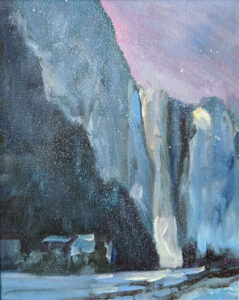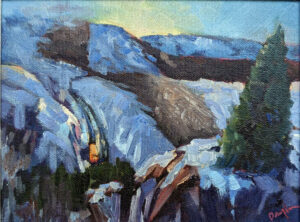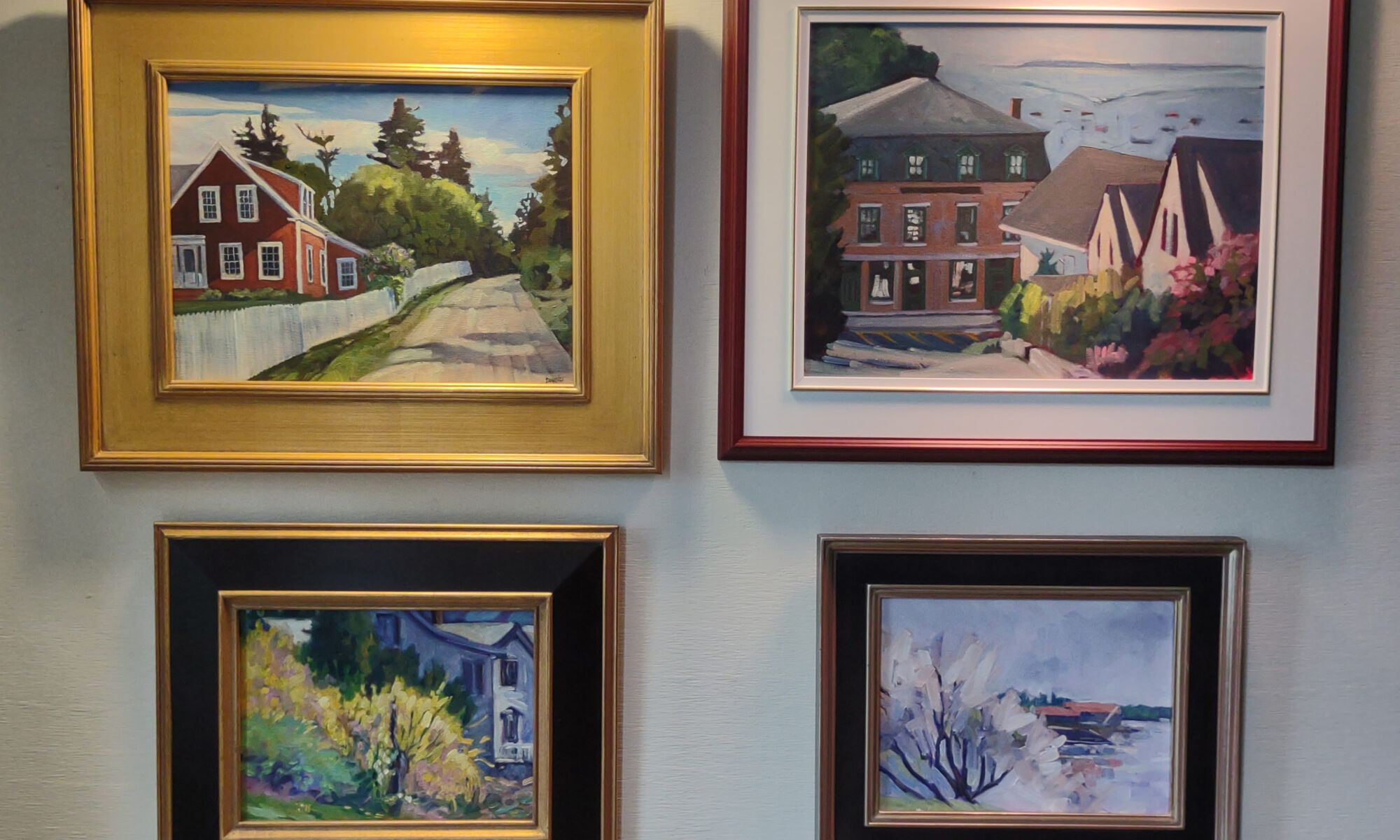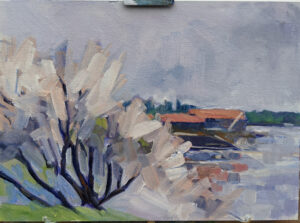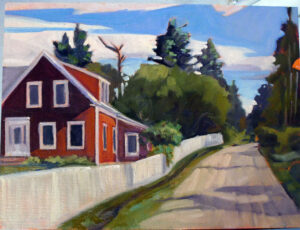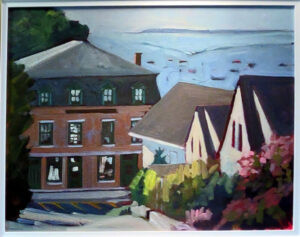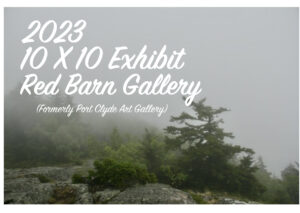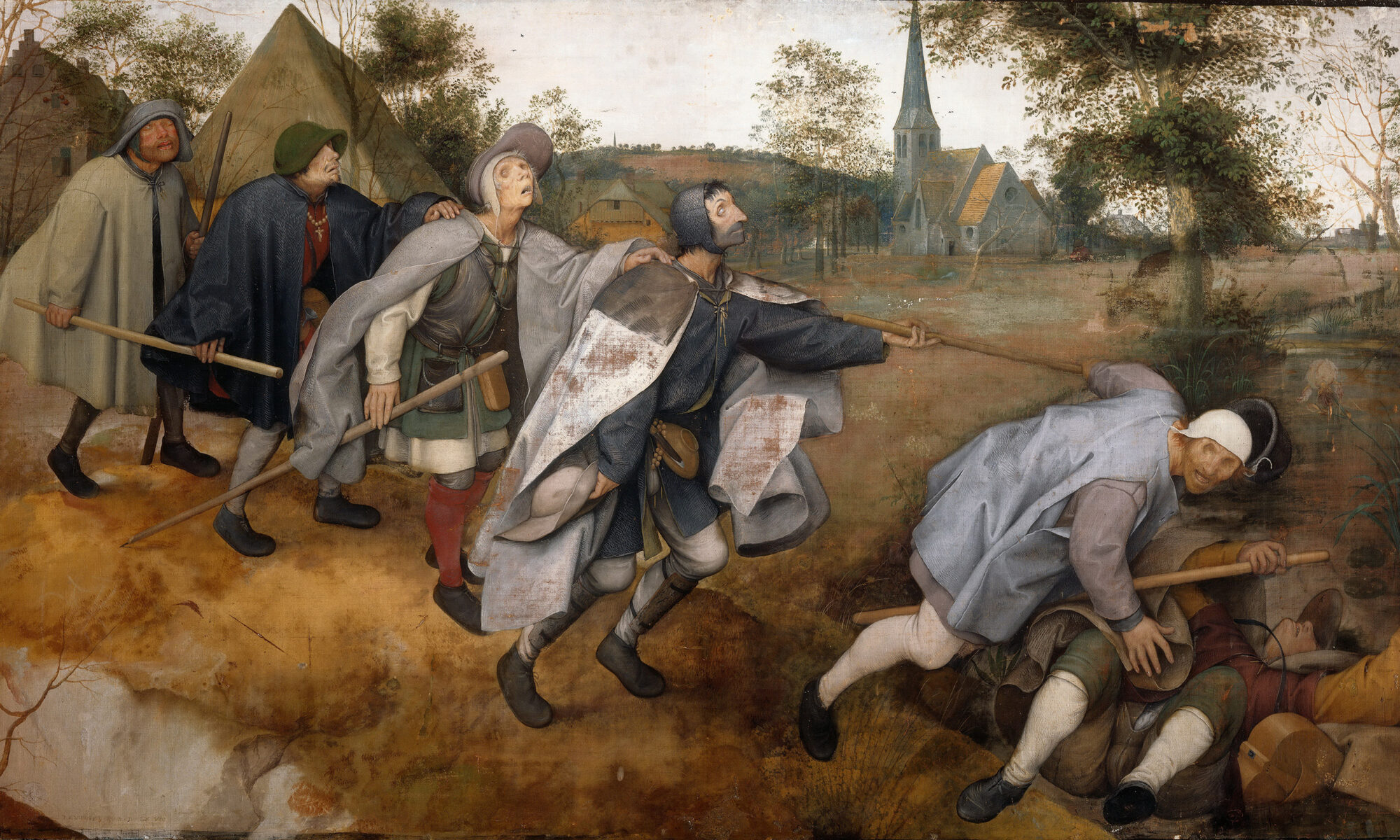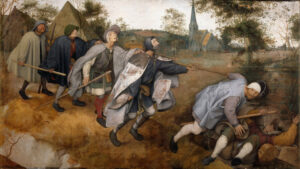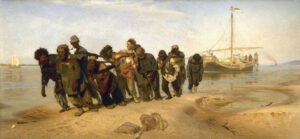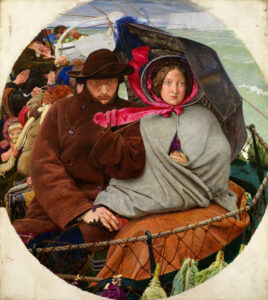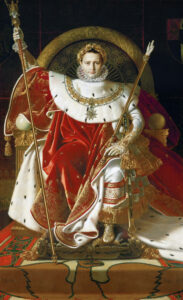I’m in Sedona, AZ, painting in the 19th annual Sedona Plein Air Festival. I’ve written many times about how the question of meaning bedevils me. This place, with its crystals, vortexes, ley lines, and spiritualism ought to be chock full of meaning, but it’s not. That stuff is too glib and superficial for me.
For artists tucked into a corner of the Sedona landscape, it can be relentless. Casey Cheuvront was painting on a rocky promontory when a woman stopped in front of her to give her clients a spiel about the magnetic energy of the rocks. Another guide talked about how we were in a direct line between Cathedral Rock and Airport Mesa, which apparently confers special powers. Meanwhile, I was discussing reincarnation and non-attachment with a lovely gentleman from Princeton, NJ.
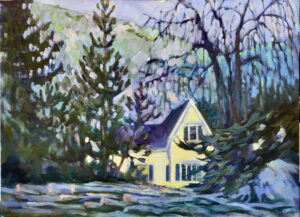
Starting with an overarching concept like Sedona’s famous spirituality can easily veer into the sophomoric. That doesn’t mean that art can’t use symbols, metaphor, and allegory to convey deep layers of meaning. It’s just best to avoid the trite.
To me, one of the most important reasons to paint en plein air is to celebrate God’s creation. That has an emotional resonance with me; I am constantly struck anew by the variety and beauty of this world. Can I translate that in my paintings in a way that evokes an emotional response? Only if I paint something that also resonates with my viewers’ experiences and perspectives. Just as I am left cold by new age spirituality, others may be unable to engage with my deep feelings about the created world.
Ultimately, all we have is our own personal perspective. Our experiences, beliefs, and values add depth and authenticity to our creative expressions. That doesn’t mean I need to be overt about my ideas. They color my perception, and those who think the way I do will, hopefully, find my work relatable.
Of course, none of this works without paying attention to the formal elements of design. All meaning rests on technical skill. You may feel something deeply but be unable to communicate that to your viewer because you don’t have a cohesive visual language.
Yesterday, Hadley Rampton and I demoed together at the Sedona Arts Center. It was an interesting way to do it, because our styles are very different, and the audience asked pertinent questions. When I finished, I asked the people watching what I should name my painting.
“How does it make you feel?” a man asked me.
“Oh, larky, I think, because I had a lot of fun painting it.”
“That’s not what it conveys to me at all,” he said. “To me, it’s pensive.”
Sometimes, what you think you’re painting is not at all what comes through. Other times, there is ambiguity or multiple tracks of meaning within the same painting. Viewers derive their own associations, and they may in fact be what you were thinking subconsciously all along. Although I’m having fun at this event, I have some serious matters clouding my immediate horizon.
The opposite of subtlety is intentional storytelling, where you’re crafting a narrative that’s explicit and easily comprehensible. Since a painting is essentially a snapshot that captures a moment in time, you must work to tell the before and after. Narrative painting can convey complex ideas, sometimes better than words can.
My 2024 workshops:
- Painting in Paradise: Rockport, ME, July 8-12, 2024.
- Sea & Sky at Schoodic, August 4-9, 2024.
- Find your authentic voice in plein air: Berkshires, August 12-16, 2024.
- Art and Adventure at Sea: Paint Aboard Schooner American Eagle, September 15-19, 2024.
- Immersive In-Person Workshop: Rockport, ME, October 7-11, 2024.


